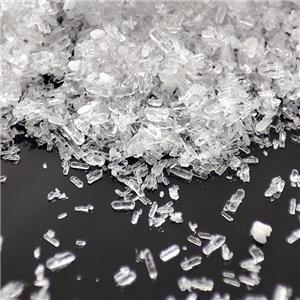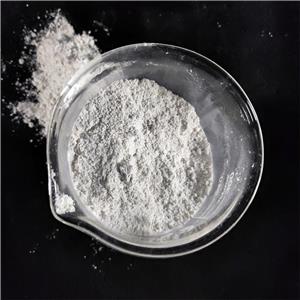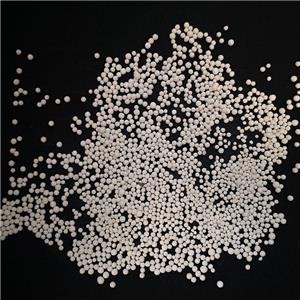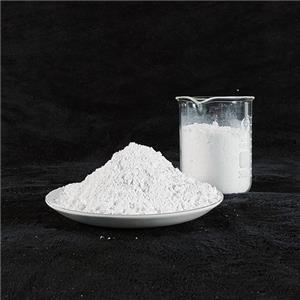What is antimony trioxide flame retardant used for?
Introduction
Antimony trioxide (Sb₂O₃) is a widely used flame retardant that plays a crucial role in enhancing the fire resistance of various materials. Due to its effectiveness and compatibility with other compounds, it is commonly incorporated into plastics, textiles, and other industrial products to reduce flammability and slow the spread of flames.
Primary Uses of Antimony Trioxide for Flame-retardant
1. Plastics and Polymers
Antimony Trioxide for Flame-retardant is frequently used as a synergist in combination with halogenated flame retardants (such as brominated or chlorinated compounds) to enhance their effectiveness. When exposed to fire, Antimony Trioxide for Flame-retardant reacts with halogens to produce antimony halides, which inhibit combustion by forming a protective char layer and reducing the release of flammable gases. Common applications include:
Electronics and Electrical Equipment (e.g., circuit boards, cable insulation)
Automotive Components (e.g., dashboards, seat covers)
Construction Materials (e.g., PVC pipes, insulation foams)
2. Textiles and Upholstery
In fabrics and furniture,Antimony Trioxide Flame retardant is used to improve fire resistance, particularly in:
Fire-resistant curtains and drapes
Protective clothing for firefighters and industrial workers
Furniture foam padding
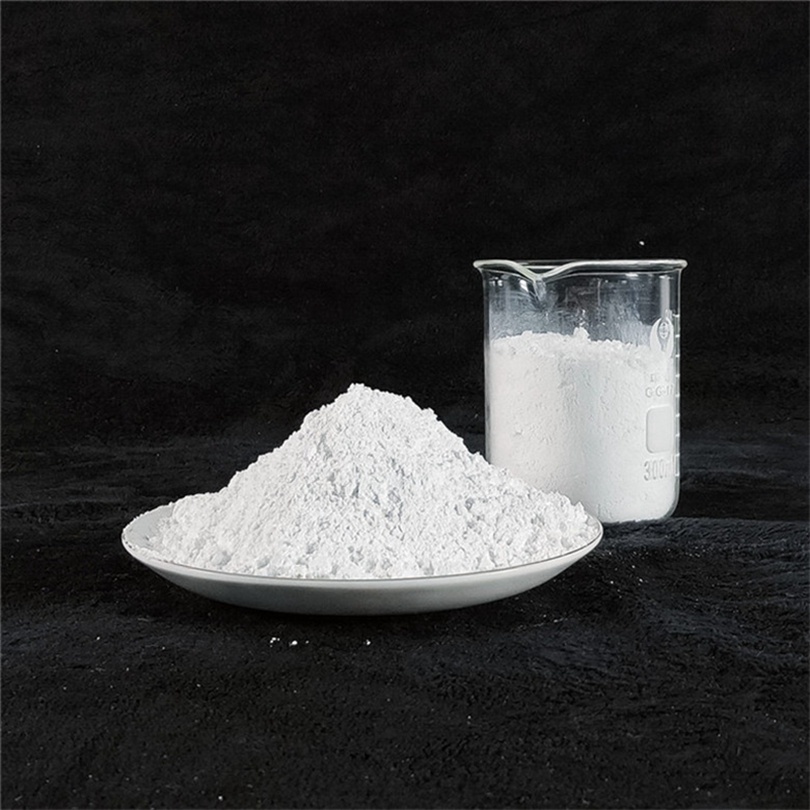
3. Rubber and Adhesives
Antimony Trioxide Flame retardant is added to rubber products and adhesives to prevent ignition and slow flame propagation, making it useful in:
Conveyor belts
Industrial hoses
Fire-resistant sealants
4. Coatings and Paints
Flame-retardant coatings containing antimony trioxide are applied to structural materials to enhance fire safety in buildings, ships, and aircraft.
How Antimony Trioxide Flame retardant Works as a Flame Retardant
Antimony Trioxide Flame retardant itself is not a standalone flame retardant but works synergistically with halogenated compounds. The mechanism involves:
Thermal Decomposition: When heated, Sb₂O₃ reacts with halogens to form antimony halides.
Gas-Phase Radical Quenching: These halides scavenge free radicals, disrupting the combustion process.
Char Formation: A protective layer is formed, reducing oxygen and heat transfer.
Conclusion
Antimony Trioxide for Flame-retardant remains a key flame retardant in multiple industries due to its synergistic effects with halogenated compounds. Despite concerns, its ability to enhance fire safety in plastics, textiles, and coatings ensures continued demand, though alternatives are being explored for more sustainable solutions.

